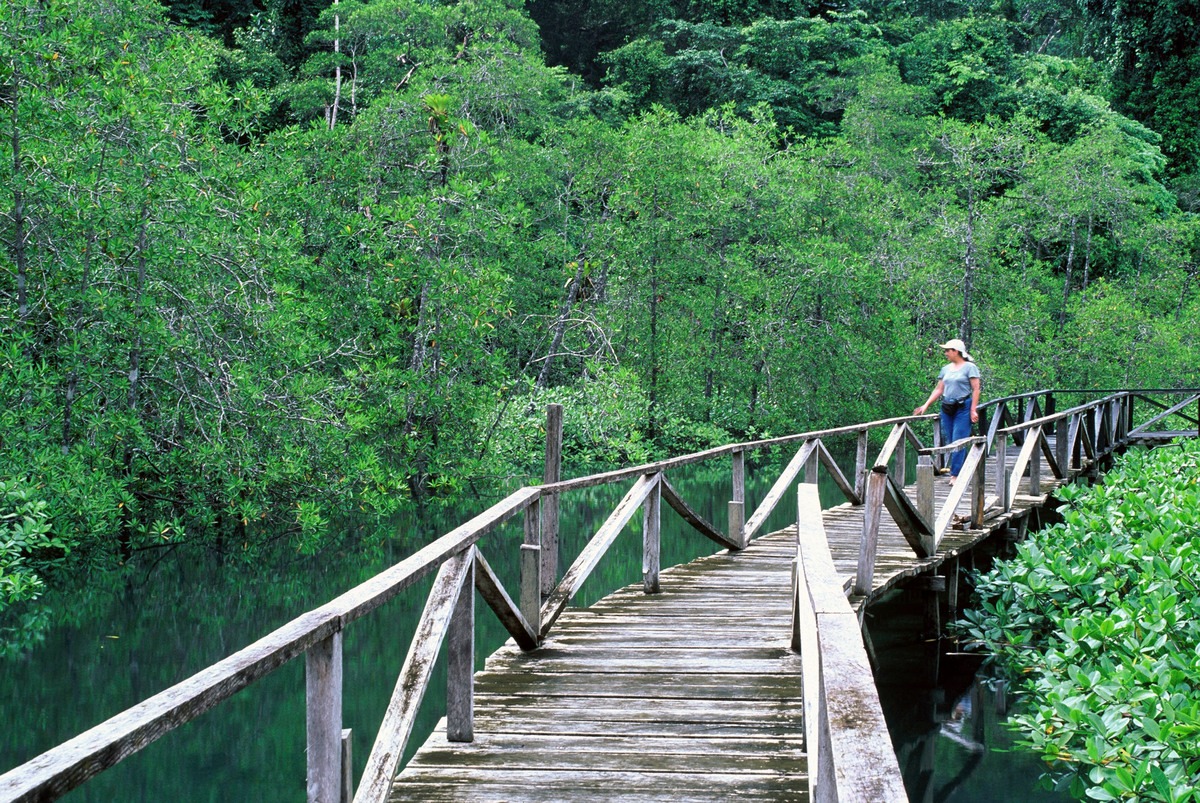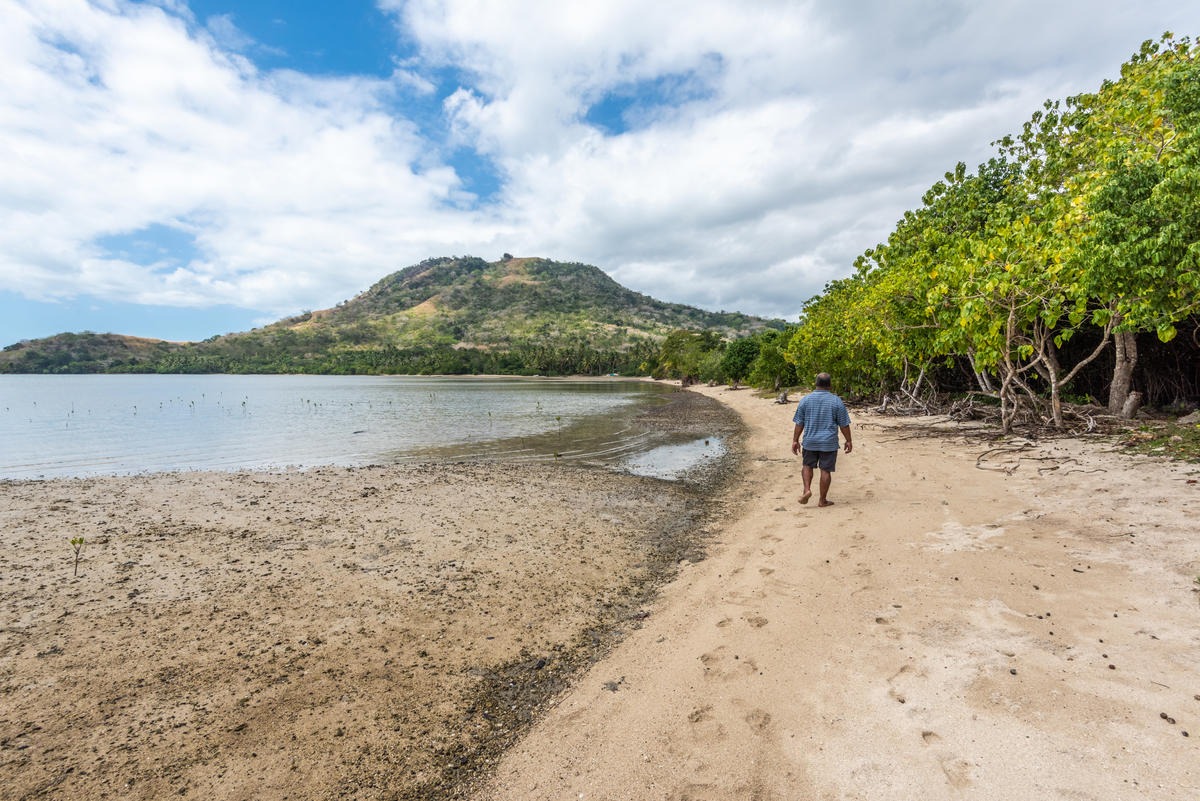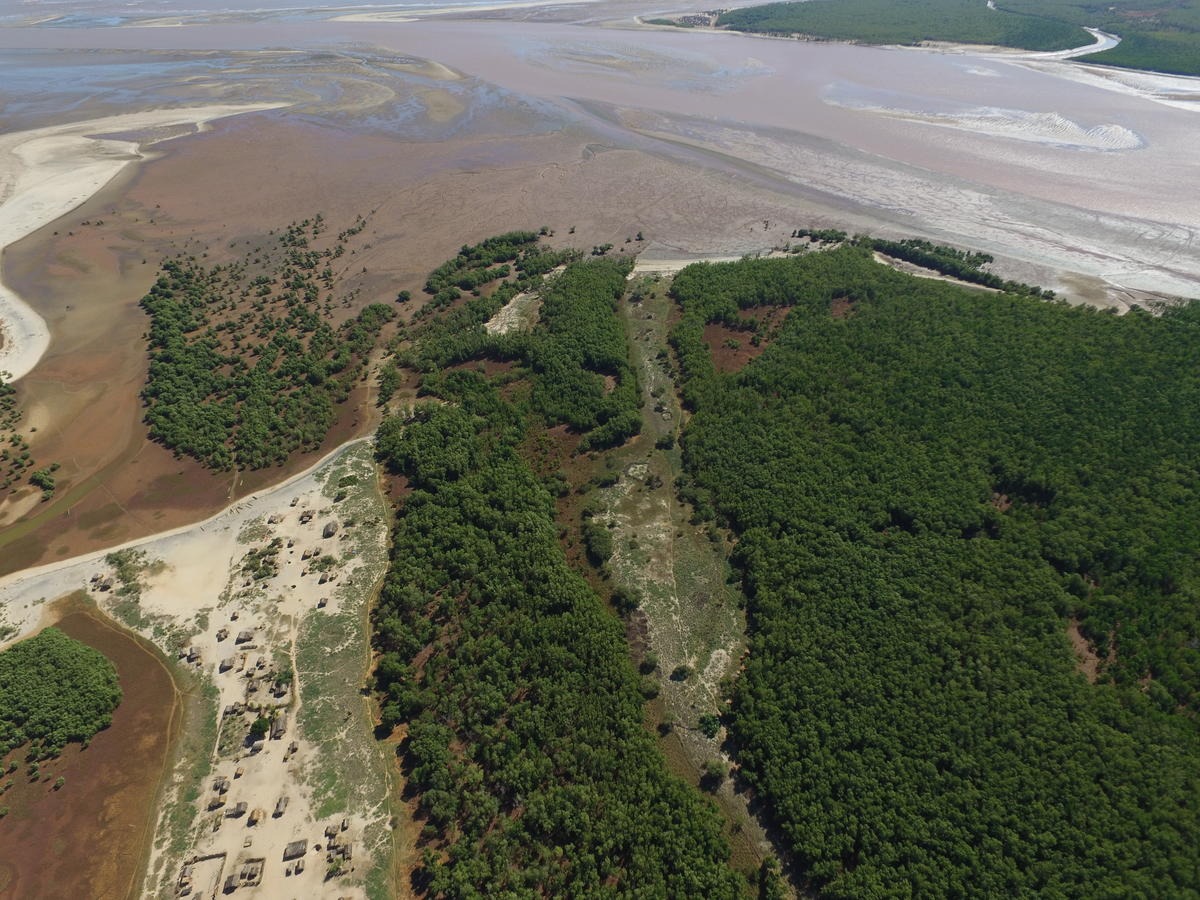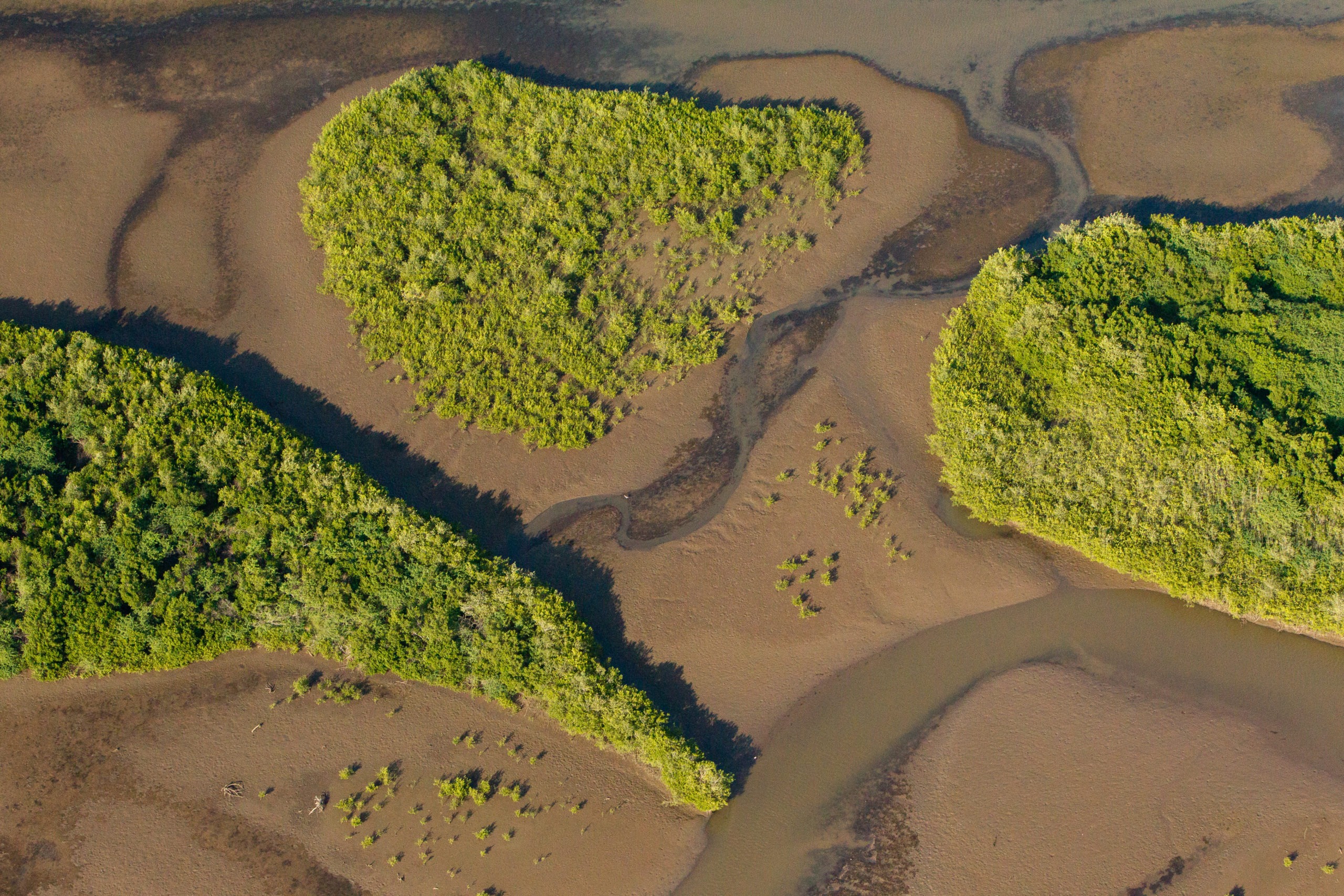Spotting Mangroves From Space
How satellites, and The Global Mangrove Watch, changed our perspective on one of Earth's most vital trees
This story was originally posted on WorldWildlife.org
Mangroves may only cover 12% of the world’s coasts but you can spot these salt-tolerant trees from space!
All along tropical and subtropical ocean coastlines, leafy green canopies of mangrove trees can be seen from satellites orbiting just beyond Earth’s atmosphere. Some satellites, like those in NASA and USGS’s Landsat program, are specially designed to observe Earth and help us learn about our amazing biodiversity and landscapes.
Monitoring mangroves with satellites helps scientists gather different information about the global state of these coastal trees—especially information linked to countering the climate crisis. A range of amazing technology built into satellites can not only tell us where mangroves grow, but also help us to understand how tall they are and how much carbon they store. Combined, this information is incredibly valuable for both local communities and state governments interested in adapting and building their resilience to the climate crisis.
Colombia, Fiji, Madagascar, and Mexico each have incredible and unique mangrove forests that store tons of carbon and support communities and a wide variety of wildlife. These countries have unique challenges that require access to the best information possible. WWF is working closely with stakeholders and partners in each country to integrate what we know about each country’s mangroves, both from the country’s coastal experts on Earth and from satellites in space, all collated in The Global Mangrove Watch. These knowledge-gathering collaborations will help us to better work together and support a resilient ecosystem for the future.

Utría Sound, Colombia
© Diego M. Garces / WWF
The mangroves of Colombia grow across more than half of both the Caribbean Sea and Pacific Ocean coastlines, making the forests highly diverse. Colombia’s mangroves are also some of the tallest in the world, towering over five stories (about 73 feet) high! However, the mangroves of both coastal regions are not well protected, and mangrove cover has declined by 7% in the last 25 years. Without better protections, the trees will continue to be at risk of being cut down for unsustainable aquaculture, fuel, or land use. WWF is working with Colombia to preserve hundreds of thousands of acres of mangroves in the next five years.

Vanua Levu, Fiji
© Tom Vierus / WWF-UK
The pacific archipelago of Fiji may have the smallest mangrove extent of the four countries but protecting their trees will provide lasting benefits. Compared to other mangroves worldwide, Fiji’s coastal forests are on the higher end of underground carbon storage—at almost 90% of their ecosystem’s total carbon. Underground carbon storage is very stable and helps counteract climate change that otherwise will cause increasingly dangerous and frequent tropical storms that can devastate vulnerable coral reefs, like Fiji’s incredible Great Sea Reef. In addition to restoring and protecting mangroves, WWF is working with Fiji’s coastal communities to set up a community center that will support environmentally friendly businesses, including seaweed farms.

Manambolo Tsiribihina, Madagascar
© Martina Lippuner / WWF-Africa
Madagascar is the fourth-largest island in the world and holds the largest extent of mangroves across eastern Africa. Communities along the country’s coastline are very dependent on mangroves for their livelihoods, gathering shrimp, shellfish, and fish from the muddy waterways that move among the tree roots. Despite their value, mangroves are still being cut down across Madagascar at a rate of 1%-2% per year. WWF and Madagascar will work together to support the restoration, protection and sustainable management of 36.5% of Madagascar’s mangroves by 2025. This will help 75,000 people secure income and climate resilience.

© Rodolfo Pérez / WWF-Mexico
Mexico’s mangroves are powerhouses, they cover over 2.2 million acres of coastline and store the largest amount of carbon of these four countries. Mexico’s mangrove forests are also already on the path to recovery. The country has seen encouraging progress for mangrove restoration in the last 25 years and WWF is working with Mexico to enhance the protection and management of 75% of mangroves, benefitting 235,000 people and keeping more than 1 billion tons of carbon underground.
Continuously evaluating the condition of mangrove forests across these four countries, from satellites and on the ground, will help us to better understand the pathways to successful restoration and protection and where we need to improve to secure a stable and sustainable future.
Learn more: The State of the Worlds Mangroves from WWF and partners